what is the best insulation for a garden room?
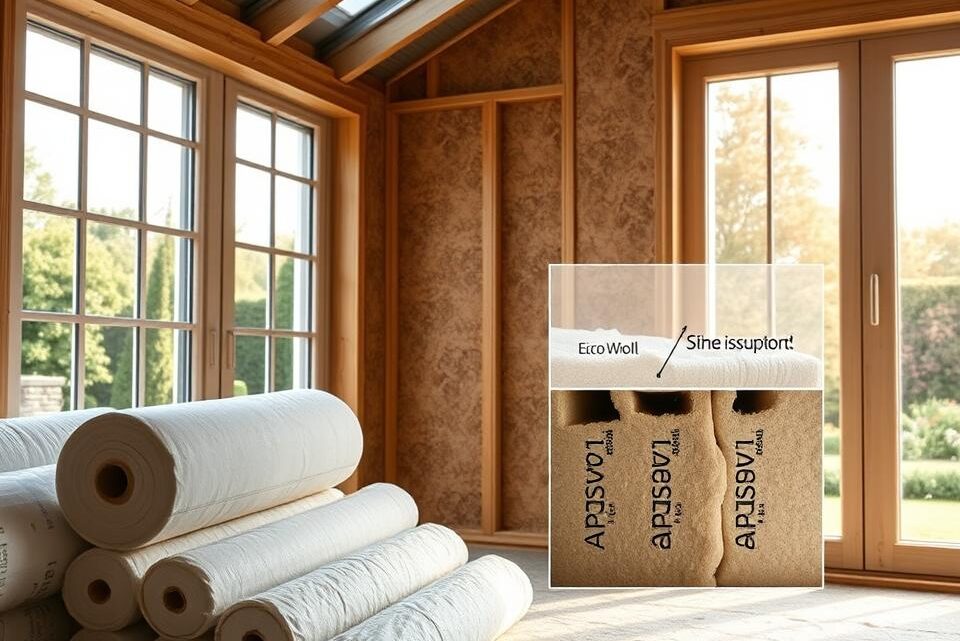
A well-insulated garden room feels cosy when the weather is cold and keeps things cool on warmer days. Anyone asking what is the best insulation for a garden room? will find that the right solution saves energy and improves year-round comfort.
Materials matter when bolstering your outdoor retreat. Opting for top-grade products helps control moisture, minimise heat loss, and create a snug spot to unwind, work, or entertain.
Inhaltsverzeichnis
Key Points
- An insulated design tackles the unpredictability of the British climate.
- Proper insulation helps cut heating and cooling costs.
- Material choices affect temperature control and comfort.
- Moisture management prevents damage inside the structure.
- Knowing what is the best insulation for a garden room? guides smarter decisions.
What is the best insulation for a garden room?
Choosing the ideal materials can transform a simple shed into a cosy retreat or productive studio. Reliable garden room insulation solutions help regulate temperature and cut down on heating expenses. They even protect against noise, giving you a peaceful escape in a bustling neighbourhood.
Why proper insulation matters
A well-insulated structure boosts comfort by retaining warmth when it’s chilly outside. It shields the interior from drafts and dampness, helping prolong the lifespan of furnishings and equipment. Long-term savings on energy bills emerge from effective thermal barriers and quality sealing around windows or doors.
Ensuring year-round comfort in the UK climate
Winter temperatures can be harsh, and summer days may feel stuffy. Insulation keeps conditions stable, turning the space into a multi-purpose haven for work, hobbies, or relaxing. Garden room insulation solutions guard against heat loss during colder months while minimising overheating under the sun, ensuring a perfect environment throughout every season.
Understanding insulation R-values
R-values measure how well a material resists heat flow and can be a guiding factor when selecting insulation materials. A higher R-value equals stronger thermal resistance, which helps keep indoor temperatures steady during chilly winters in the United Kingdom.
Walls, floors, and roofs each benefit from the right balance of thickness and density, so determining the correct R-value is vital. It indicates how quickly heat will transfer from one side of a surface to the other. This insight helps readers decide which products will retain warmth efficiently.
R-values differ from metrics like U-values, yet they both reflect thermal performance. Examining each measure will assist in spotting the most reliable insulation materials for a garden room, ensuring comfort and energy savings in any season.
Fibreglass insulation pros and cons
Fibreglass has a strong reputation for reliability and cost-effectiveness. Many homeowners consider it a practical option when searching for the best insulation for garden rooms. Its flexible batts or rolls fit snugly between joists, helping reduce heat loss without straining your budget.
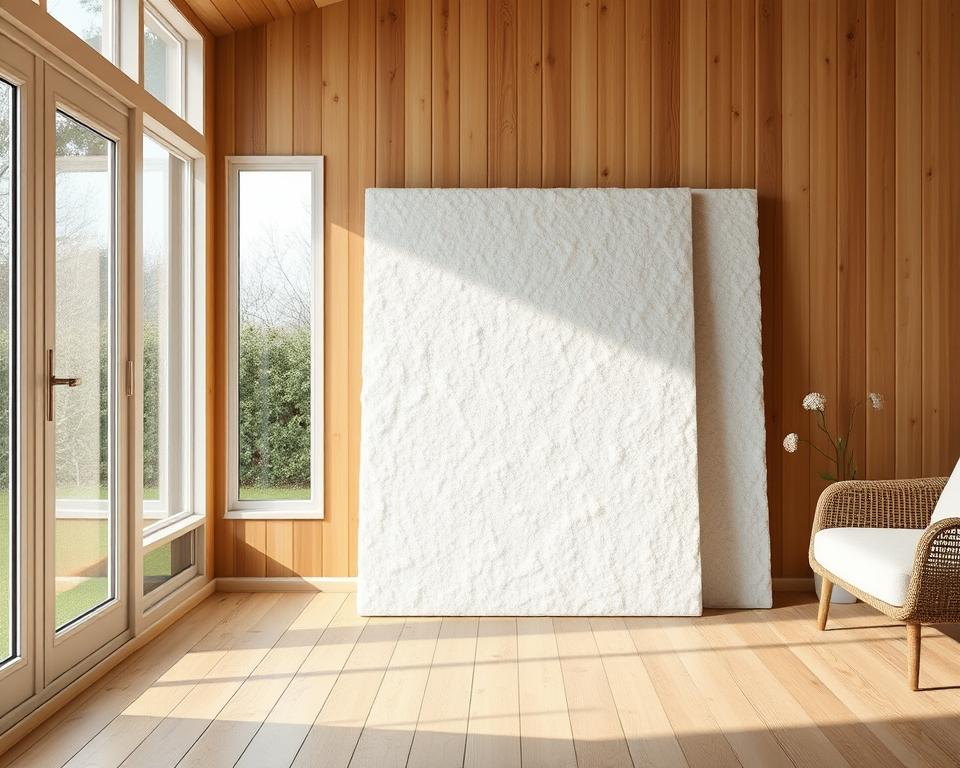
Key benefits for garden rooms
One major advantage of fibreglass is its straightforward installation. It slips into walls or ceilings with minimal fuss, helping keep internal temperatures steady. This material also resists fire, which can bring peace of mind in a range of backyard structures. Routine checks can confirm it remains in good shape, saving money on long-term bills.
Common drawbacks and maintenance
Fibreglass can irritate skin or airways if handled without care. Gloves, goggles, and masks are vital when working with these fibres. Dampness may weaken its performance over time, so occasional inspections help spot any moisture build-up or mould. A well-ventilated space and prompt repairs ensure your garden room stays cosy all year round.
Mineral wool as a sustainable choice
Mineral wool stands out among solutions for maintaining a cosy garden room. Its dense fibres help lock in heat, which saves energy and keeps indoor temperatures steady. The material also excels at reducing noise, making it ideal for those seeking a tranquil retreat.
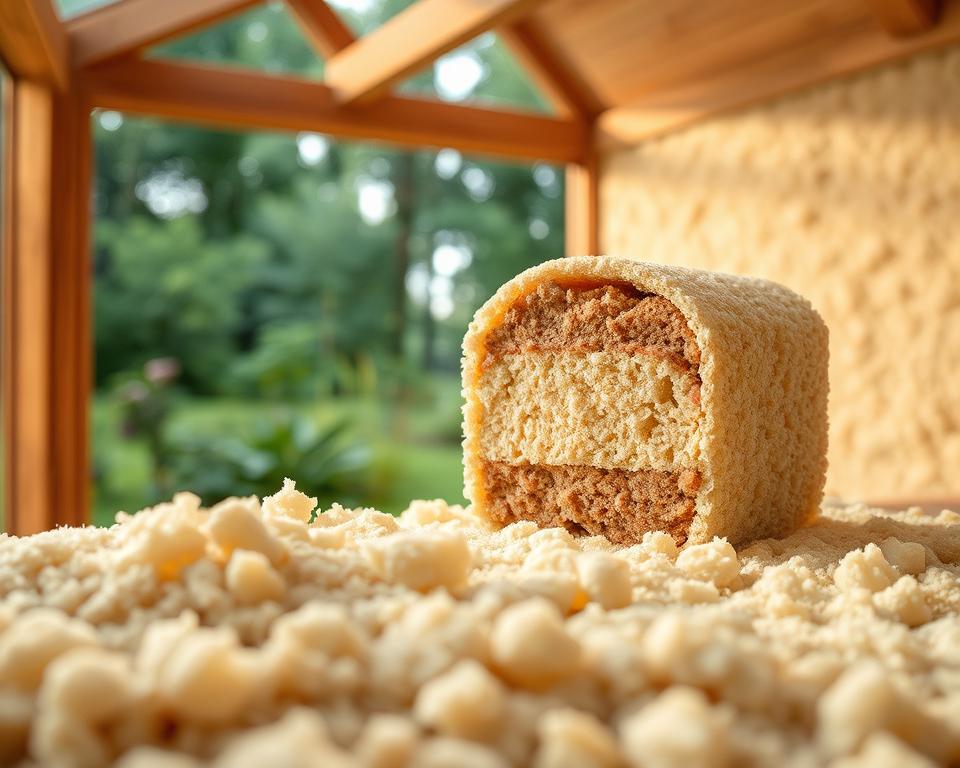
Thermal performance and sound absorption
This option helps stabilise temperatures in colder weather, reducing the need for excessive heating. Its thick composition absorbs echoes, which suits home offices or creative studios that depend on a peaceful setting.
Environmental impact and recycling potential
Many types of insulation claim eco-friendly benefits, yet mineral wool often leads the way. It is commonly produced from recycled or natural resources, reducing the strain on virgin materials. This approach lessens overall waste and supports a greener future for garden builds aiming to cut their carbon footprint.
Rigid foam boards for enhanced durability
Rigid foam boards such as PIR or XPS offer sturdy support and dependable protection against moisture. Brands like Kingspan and Celotex shape these materials for easy handling and high R-values, making them a solid choice for individuals seeking UK garden room insulation that lasts. Their compact form means they slip well beneath flooring or above roof joists, delivering a snug interior for work or leisure.
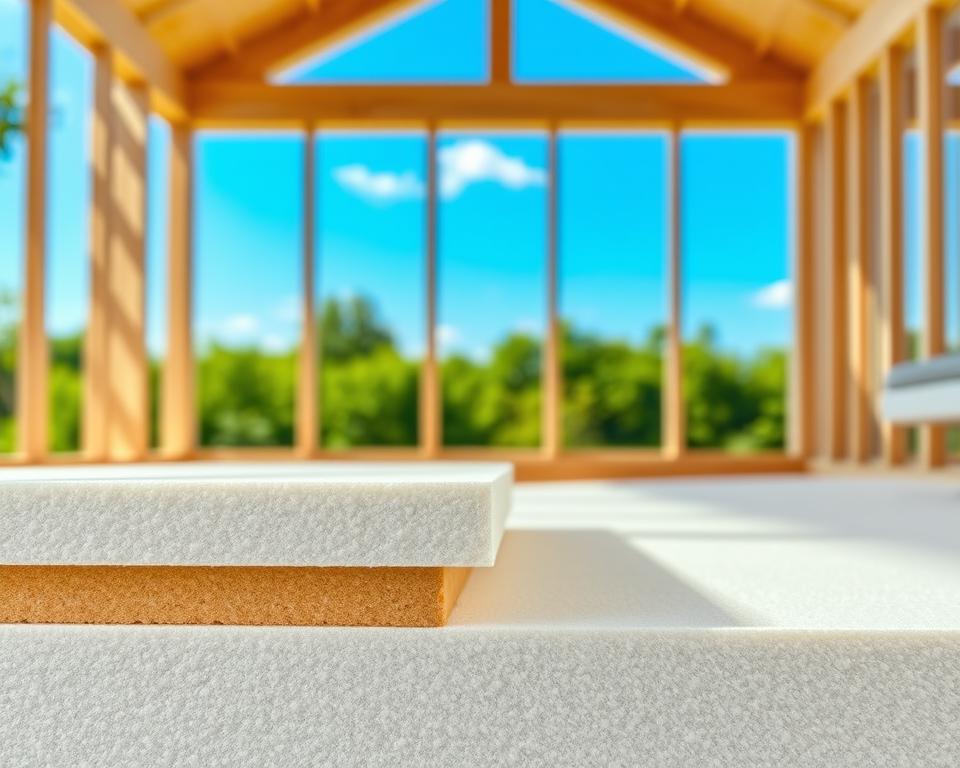
Maintenance efforts focus on shielding these boards from direct sunlight, since long exposure can degrade the foam. Water ingress must be avoided by sealing joints and gaps, helping preserve stability over time. Many homeowners appreciate rigid foam’s capacity to stay in place without sagging, which reduces dips or cold spots. For a smooth project, a few simple tools are enough to cut and secure the sheets, so installation typically takes less effort than loose-fill alternatives.
Eco-friendly alternatives
A growing demand for greener solutions calls for insulation made from renewable sources. Many homeowners find that Eco-friendly insulation helps reduce carbon footprints while maintaining a cosy interior.
Sheep’s wool, hemp, or cellulose serve as strong examples of materials that minimise impact on the planet without sacrificing thermal performance. Each one promotes a healthy indoor environment by regulating moisture levels.
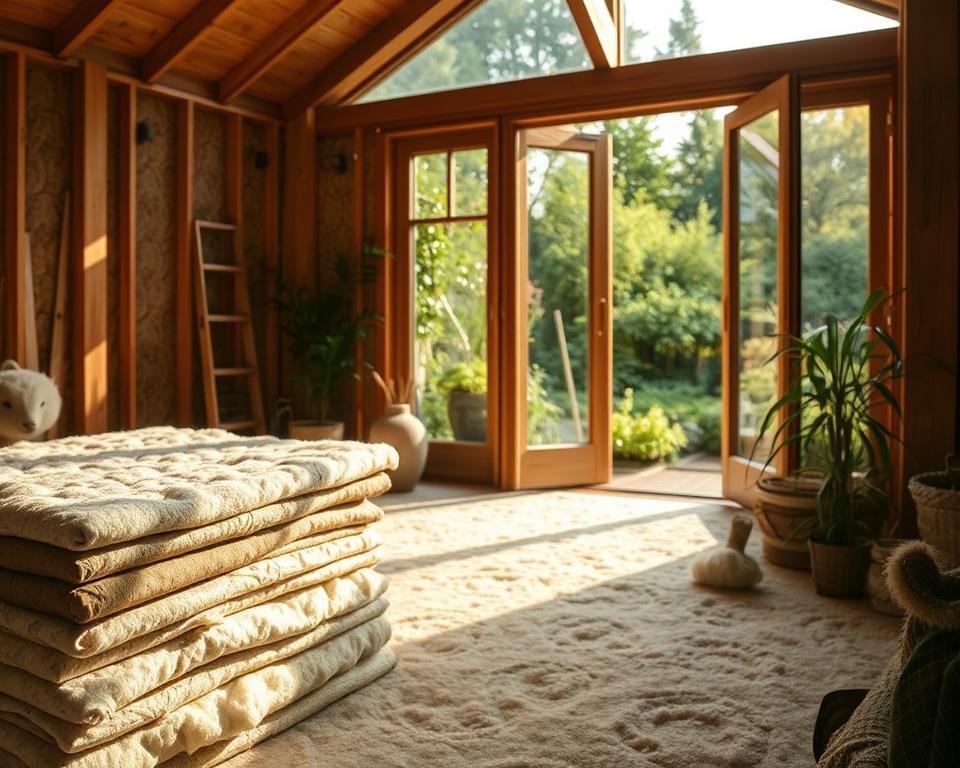
Natural fibres and their advantages
Natural fibres such as sheep’s wool or hemp boost insulation properties and limit reliance on synthetic products. These options create a breathable layer, can deter mould growth, and often originate from responsibly managed farms.
Innovation in recycled insulation materials
Recycled approaches, including shredded denim or repurposed cellulose, offer further ways to extend product life cycles. This practice minimises landfill waste while delivering effective coverage in walls and floors.
| Material | Key Benefit | Real Example |
|---|---|---|
| Sheep’s Wool | Breathable, water-repellent | Thermafleece |
| Hemp | Low CO2 footprint | UK-based suppliers |
| Cellulose | Paper-based, highly recyclable | Local recycling programmes |
Managing condensation and moisture
Excess dampness can undermine comfort in a garden room. Condensation often appears when warm air meets cold surfaces, which can damage wooden structures or encourage mould. A careful strategy helps protect your investment.
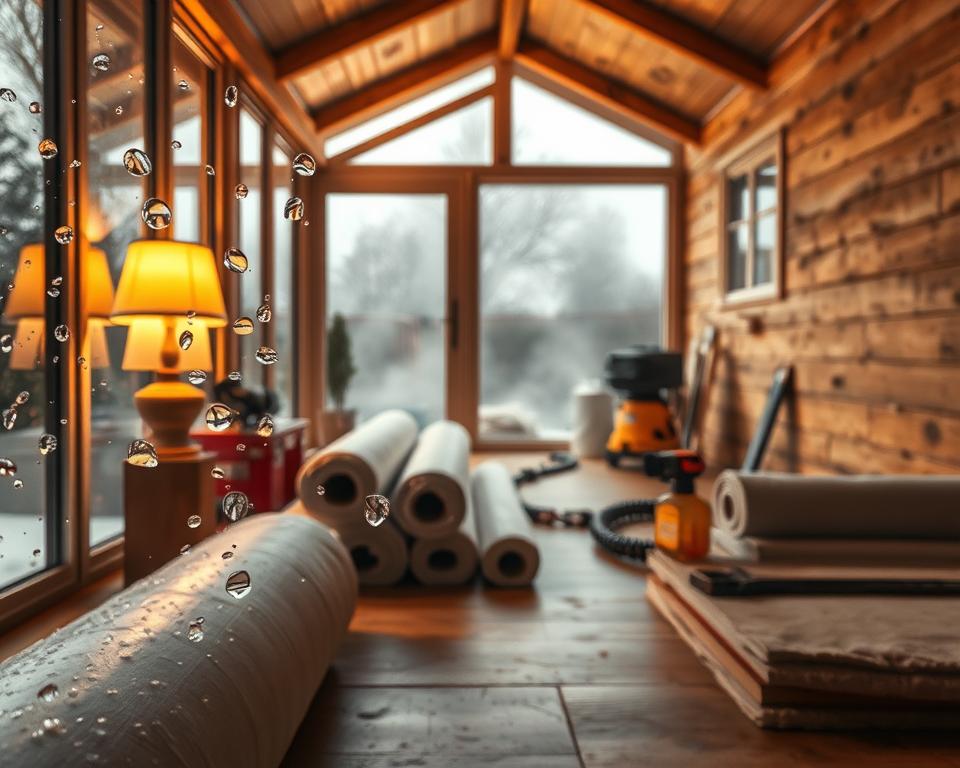
Protection starts with a proper vapour control layer and good airflow. High-quality seals at windows and doors reduce water intrusion.
- Use materials with strong moisture resistance
- Check for leaks or pooling regularly
- Ventilate the space to keep humidity levels stable
It is wise to choose insulation with the right Insulation R-value so indoor temperatures stay steady. A balanced environment curbs condensation before it starts. Routine checks help identify early signs of trouble, keeping your garden room dry and pleasant for all seasons.
Installation tips for the UK climate
Proper fitting of insulation keeps a garden room snug through damp conditions. Moisture control in garden rooms relies on sealing edges securely while allowing air to circulate. This approach helps maintain comfort and dryness even when the forecast suggests steady showers.
Preparation and safety measures
Start by checking that floors, walls, and roofing materials are secure and free of debris. Wearing the right personal protective equipment, including gloves and goggles, lowers the chance of injuries. Use quality tools to achieve a neat finish, ensuring no gaps are left for air or moisture to sneak through.
Ensuring proper ventilation
Openings that let stale air exit prevent condensation buildup. Vents placed near the roofline are effective in controlling humidity. Moisture control in garden rooms involves balancing insulation layers with fresh air pathways, preserving warmth without trapping dampness.
| Key Steps | Why It Matters |
|---|---|
| Seal joints thoroughly | Stops cold air infiltration |
| Install roof vents | Releases trapped humidity |
| Check PPE gear | Ensures safe handling of materials |
Conclusion
Each insulating material brings its own set of strengths. Fibreglass often stands out for affordability, while mineral wool by Rockwool offers strong thermal control and noise reduction. Rigid foam boards from Kingspan or Celotex lend extra durability, and products made from natural fibres earn plenty of recognition for sustainability.
R-values show how effectively each product resists heat flow, so higher figures mean better performance. Elevate your energy-efficient garden room with thorough moisture management, since damp can ruin any structure. Correct ventilation pairs with careful installation to keep your build safe and dry.
Choosing what suits you means weighing budget, eco-friendly goals, and ease of upkeep. An energy-efficient garden room is more than a simple outbuilding. It becomes a handy footstep away from your home, ideal for work, hobbies, or family gatherings in any season. This space truly shines when you select quality insulation and pay attention to every detail.
FAQ
Is it truly necessary to insulate my garden room in the UK climate?
Absolutely. Given Britain’s unpredictable weather, insulating your garden room ensures it remains comfortable and usable all year round. Quality insulation minimises heat loss in winter, helps regulate indoor temperatures during summer, and reduces energy bills in the long run.
Which insulation material offers the best balance of cost and performance?
Fibreglass insulation (e.g., brands like Knauf or Isover) is popular due to its affordability and decent thermal performance. However, mineral wool (often called Rockwool) provides excellent soundproofing and sustainability, while rigid foam boards (such as Kingspan or Celotex) offer higher R-values and enhanced moisture resistance.
What is an insulation R-value, and why does it matter for garden rooms?
The R-value measures how well an insulation material resists heat flow. A higher R-value means better thermal performance. This is crucial in the UK climate, allowing you to maintain a comfortable temperature in your garden room and save on heating costs.
How do I tackle condensation and moisture problems?
To prevent dampness, opt for moisture-resistant insulation and install effective vapour barriers. Ensure proper ventilation to allow humidity to escape—particularly vital in British weather where excess moisture can damage both your insulation and the overall structure.
What are the main advantages of fibreglass insulation?
Fibreglass is relatively inexpensive, widely available, and straightforward to fit in walls or ceilings. It offers good thermal coverage and can be installed easily as batts or rolls. When handled safely with protective gear, it’s a practical choice for many UK homeowners.
Are there any drawbacks to fibreglass insulation?
One common concern is skin and respiratory irritation if fibreglass fibres become airborne. Some types can also absorb moisture, potentially leading to mould. Routine checks and proper maintenance will help keep fibreglass at its best.
Why is mineral wool considered a sustainable choice?
Mineral wool often contains recycled content and is highly recyclable, making it more eco-friendly. Alongside excellent thermal insulation, it also offers soundproofing benefits—perfect if your garden room is used as an office or creative space.
Do rigid foam boards require additional maintenance?
Rigid foam boards like PIR or XPS are durable and moisture-resistant. However, they can degrade if exposed to prolonged sunlight or water ingress. It’s wise to shield them with appropriate coverings and ensure joints are properly sealed to prevent thermal bridging.
What eco-friendly alternatives are available for garden room insulation?
Natural fibres such as sheep’s wool, hemp, and cellulose are increasingly popular. They offer breathability, decent thermal retention, and a smaller carbon footprint. These materials can help regulate indoor humidity and improve overall air quality.
How can I ensure my insulation installation is done correctly for the British climate?
Begin by inspecting the site for any leaks or gaps, then fit the chosen insulation materials securely to avoid air leakage. Use high-quality vapour control layers to manage moisture, and include sufficient ventilation to prevent condensation build-up. By following these steps, you’ll enjoy optimal year-round comfort in your garden room.
